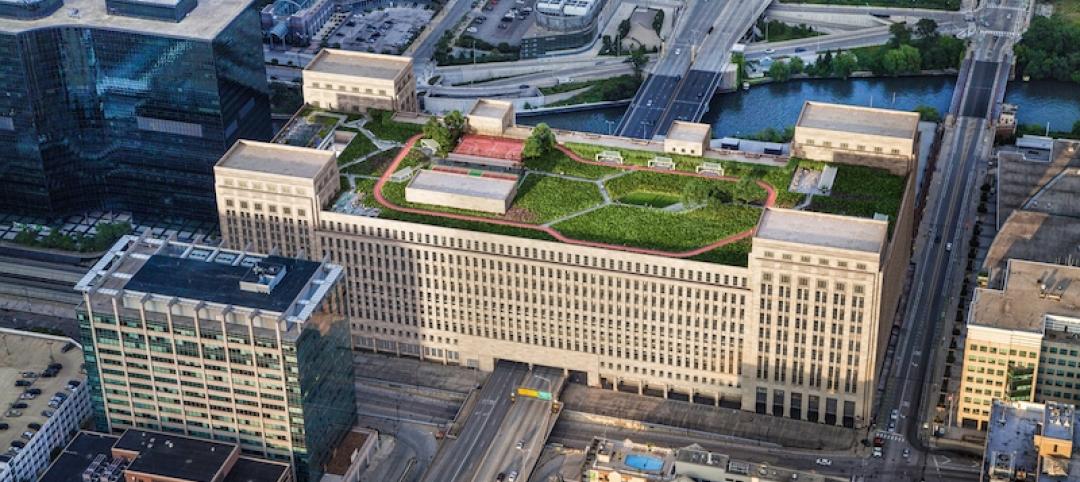With the I-395 overpass and expansive parking lots, Washington D.C.’s southwestern waterfront is more car-oriented than it is maritime. Because of this, the capital’s waterfront is missing out on the vibrancy of other cities by the water, such as Copenhagen, Venice, or Seattle.
The Wharf, a new wharf plan for the District, aims to change this scenario. The project, a team effort including the District of Columbia, Perkins Eastman and developer Hoffman-Madison Marquette, will transform the car-dominated streets into a complex of “shared space.” Greater Greater Washington reports that the street planning gives pedestrians priority, using subtle but effective visual cues instead of curbs and traffic signals. Paving selection that helps differentiate pedestrian, vehicular, and shared spaces is a key aspect.
The mixed-use complex will house retail, offices, housing, and public spaces such as parks and an extensive waterfront promenade.
The project broke ground in March 2014 and will be built in phases, with completion slated for 2020.
Visit The Wharf's official website for more information.
The current, car-dominated southwestern waterfront. Photo via Google Maps.
Ground plan of the Wharf. Courtesy of Perkins Eastman.
A view of the Civic Commons. Courtesy of Perkins Eastman.
Maine Avenue. Courtesy of Perkins Eastman.
The "Jazz Alley" at night. Courtesy of Perkins Eastman.
A piazza. Courtesy of Perkins Eastman
Related Stories
Healthcare Facilities | Oct 25, 2017
Creating child-friendly healthcare spaces: Five goals for success
Children often accompany parents or grandparents in medical settings; what can we do to address their unique needs?
Giants 400 | Oct 24, 2017
Top 160 reconstruction architecture firms
Gensler, Jacobs, and Stantec top BD+C’s ranking of the nation’s largest reconstruction sector architecture and AE firms, as reported in the 2017 Giants 300 Report.
Giants 400 | Oct 20, 2017
Top 40 sports architecture firms
Populous, HOK, and HKS top BD+C’s ranking of the nation’s largest sports sector architecture and AE firms, as reported in the 2017 Giants 300 Report.
Giants 400 | Oct 19, 2017
Race for talent drives office designs
Is the shift toward attracting younger workers too much or not enough?
Sponsored | Designers | Oct 18, 2017
Universal design principles: Part 2
The CDC targets the bathroom as the most dangerous room in the house. Architects can use principles of Universal Design (UD) to reduce these hazards.
Giants 400 | Oct 17, 2017
Top 110 office architecture firms
Gensler, Jacobs, and HOK top BD+C’s ranking of the nation’s largest office sector architecture and AE firms, as reported in the 2017 Giants 300 Report.
Giants 400 | Oct 16, 2017
Data center market forecast: Clearly cloudy
Look for mission-critical construction to double in the next few years.
Resiliency | Oct 13, 2017
Resiliency takes center stage in new projects around the country
Projects like these, where resilience is central to their design and construction, are becoming more commonplace.
Architects | Oct 11, 2017
Architects to policymakers: Buildings are infrastructure, too
Left out of this ongoing national debate over infrastructure are the nation’s other public buildings: the libraries, community centers, courthouses, community college buildings, affordable housing developments, and justice facilities.
Giants 400 | Oct 11, 2017
Top 25 data center architecture firms
Jacobs, Corgan, and Gensler top BD+C’s ranking of the nation’s largest data center sector architecture and AE firms, as reported in the 2017 Giants 300 Report.























